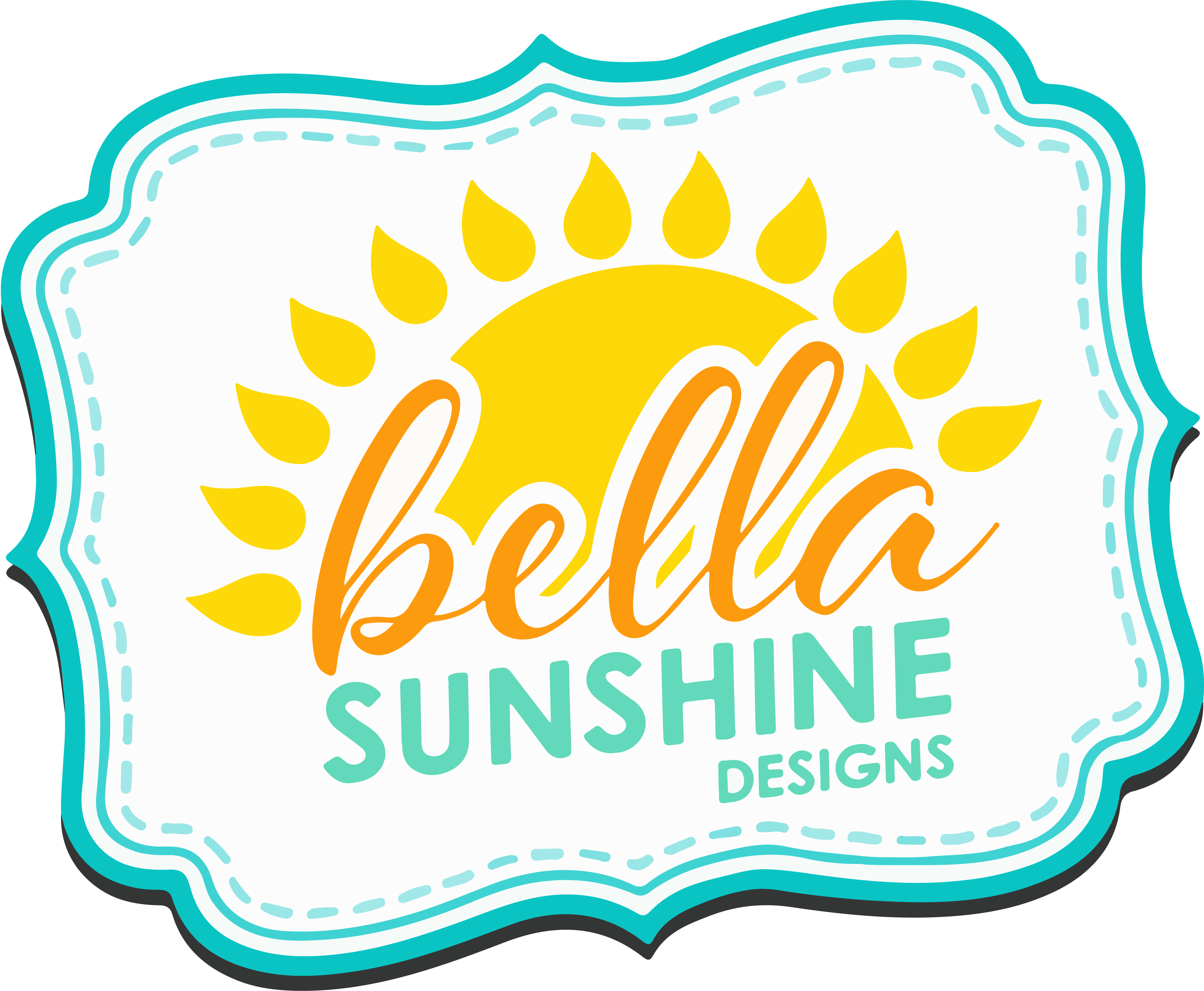UPDATE: If you would rather not have to trim the pieces first, check out this tutorial instead. Note: not all BSD patterns include trimless yet. Be sure and check the listing to see if you pattern does.

PDF Pattern Series: Printing And Assembling At Home
Print Prep
Before you can get to printing and assembling anything, you need to make sure you have all of your settings correct. First, make sure you have the correct layers selected to make the cutting easier. You can find the layers tutorial here.
Once you have the sizes sorted, I find it helpful to write down which pages I'll need. Especially if you're dealing with a pattern that includes a lot of options. It saves paper, ink, and some headache later if you only print what you NEED. Fortunately, Bella Sunshine patterns include a chart at the beginnings of all of their patterns to show you exactly what you need to print, eliminating the guesswork!
Print Setup
Print setup is CRUCIAL to making sure your pattern prints correctly. If it's off, your sizing and everything else will be off... no fun! Thankfully, setup is easy once you know what you're looking at!
There are 2 main things I always look for. The first will not be a concern for everyone, but if you have a printer that prints two-sided, you'll want to make sure that option is turned OFF. Secondly, check that the sizing is set to ACTUAL SIZE. Anything else runs the very real risk of things ending up skewed and then you will get an end result that is ill-fitting. This is also where you'll type in the page numbers you want/need to print so that you aren't wasting paper and ink on the things you don't need. Once it's all set up right, hit that print button and you're ready to assemble!
(note: I will typically just print the first page to start with in order to check the sizing square. This is an important step and is used to ensure your scale is correct.)
Assembling Your Trim Style Pattern
The next step in your printing and assembling adventure is the assembling. There are 2 different ways that a designer can format their pattern. Trim, or no trim. Today, we'll discuss the trim version. Next week we'll talk about no-trim pages.
Without Trimming
So... you'll start with your printed out pattern. The pages should (in theory) all be in order. Most designers have pages numbered, which will likely come in handy (especially if they manage to somehow become out of order).
How to Trim and Assemble
If you're on the lazy end of the spectrum (*cough*like me*cough*), you don't have to actually trim your pages if you don't want to. If you look at the picture above, you can see the line of the border from the bottom page through the top page. Simply place those lines directly over each other and tape it.
If you're concerned about lining it up correctly, or you can't see the lines through the paper, you will need to trim. I find the easiest way to do this is to cut along the border on 2 adjacent sides. Preferably the left and top (although I managed to cut the bottom instead for these examples).

Now, you'll carefully line up the cut edge with the line on the uncut page and tape. The triangles along the border will also line up to form a diamond shape which will help you make sure it's lined up perfectly.

When you get to the next row, it's just the same on a shorter side. And with the rows, you have options. You can keep taping one page at a time like this, or (my preference), you can tape each row completely together and then tape the full rows together. Either way you go, when you're done you should have a complete pattern ready to cut out!
I really hope this was helpful! Next week the plan is to show you what no trim pages look like and how they go together! Thanks for joining us! Let us know how we're doing in the comments below!
